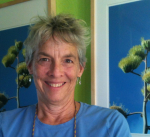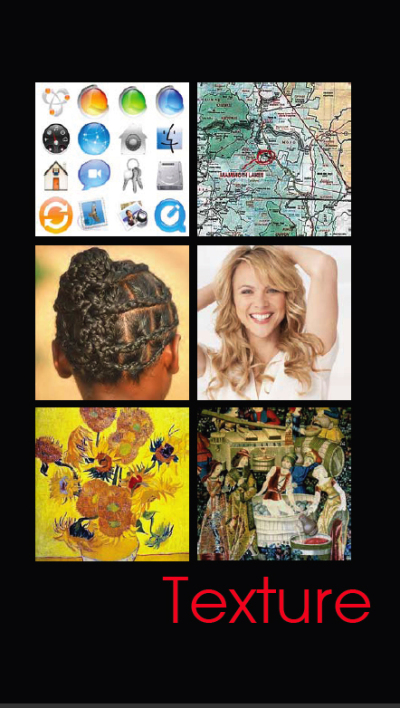Your Path, Content and Themes
 Monday, January 26, 2009 at 08:27AM
Monday, January 26, 2009 at 08:27AM I have a cousin who when young would go take on a topic and do it to death -- several years, it was trains -- he not only had a train-themed bedroom, he knew the whistles and engineers on the train routes that went past his rural home. Another year, he decided to dig, starting with a root cellar under the house and then went onto a swimming pond in the front yard. No kidding. This kid had a knack for content and theme. His life, though not that of an artist in the traditional sense, has been rich with exploration and investigation, taking him through careers as varied as archeologist, chemist, political organizer.
For me another part of personal voice has to do with content and subject matter. Many artists who are just starting out jump around from one topic to another, one genre to another -- this is an important part of learning. Sooner or later though the time comes to get beyond the surface of a topic or interest, whether it is rural landscapes or flowers or political activism or portraiture. Or how oil paint goes onto a canvas, or the way couched lines of yarn take on contour.
Committing to solving the same problem different ways has a real benefit In the process of finding one’s voice. Perhaps this is where series comes in. (And, to respectfully disagree with artists who defend their unwillingness or disinterest in working in series) have you ever known an artist whose work really took them somewhere who did not have serial work that built one on the other? I don't.
Your series may be connected to content and subject matter or it may be a more formal approach with color or line or a particular attack in the realm of stitching that comes into play. For example, Lisa Call's structured series has a content that not only relates to her perception of land and fences, but a theme of stitch and intersection. Geography can provide a thematic content, as is does with Virgina Speigel's Boundary Waters series. Even a shape takes on a thematic weight if it's used often and explored in depth. Darcy Love's amazing art cloth and fiber art always returns to the animals and plants in her world and in her travels. Jane Dunnewold's work at Art Cloth Studios is often grounded in her study of Zen concepts.
How do you pick? Start with something that holds some passion for you – something with enough personal interest that you might have a chance of making it interesting to someone else.
Sometimes the content of one’s work is directly related to “formal” interests (for example, an artist interested in rhythm, might find a study of African mudcloth patterns particularly inspiring and influential, or maybe exploring the visual idea of windows would appeal to an artist who likes spatial concepts.) For others, a theme or content is something important because of experience, story and memory – journaling can help you identify these kinds of themes. Themes and content lead one to develop personal imagery, ways of handling materials and tools, narrative content sometimes.
I have a number of recurring themes in my work -- mermaids, iconic spiritual figures, angels, prickly pear cactus and other plants around the land, my own handprint, the colors and actual materials of Latin America. All of these come and go, layered and justaposed in my work. I come and go with them, with these series, since my particular way of working in one that honors my own need for variety and improvisation. But I keep them alive, adding perhaps along the way, dropping one or another and then circling back around. These do become the elements and approaches that make my work recognizable -- and that IS important to me. Both as an artist and a one who wants to sell my work to collectors and institutions.
What about you? How is recurring content, interesting themes, important to your work? Have you ever committed to doing something more than once?







